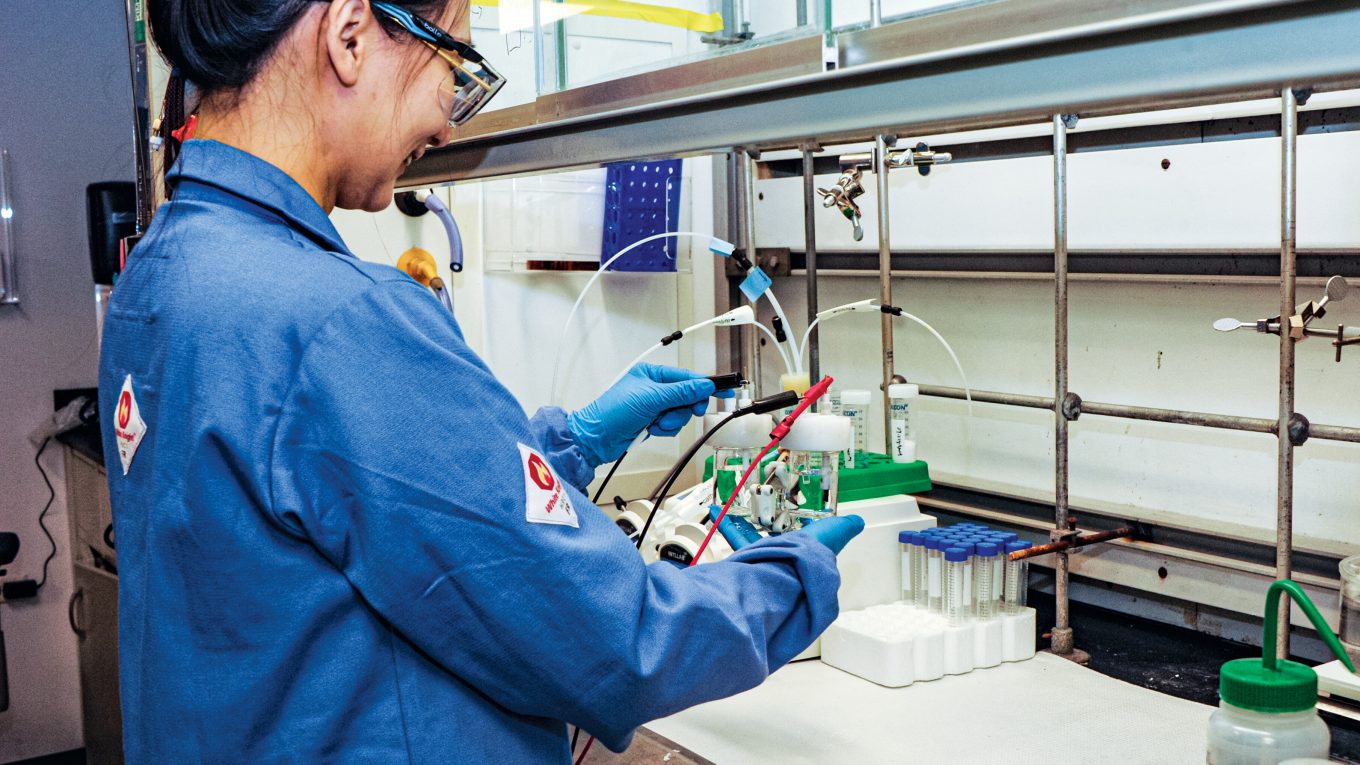Turning CO₂ into a valuable resource
Turning CO₂ into a valuable resource
When Andrew Bocarsly published his first study on using electrochemistry to convert carbon dioxide to something useful, “it generated approximately zero interest,” he says with a chuckle. The year was 1994, and in those days, people didn’t talk about greenhouse gases and climate change, the Princeton University chemist says.
“I used to start every talk explaining in detail why reducing emissions and mitigating CO2 was a good thing to do, because not everyone in the audience bought into the idea—even as recently as 10 years ago,” he says. Times have changed. “Now it’s a one-sentence throwaway. I get up and say, ‘CO2 is having a negative impact on the environment, and we really need to do something about it.’ ”
Scientists and nonscientists alike have come to recognize that atmospheric CO2 levels are rising quickly and that the greenhouse gas is adversely affecting the environment. That change in thinking leaves Bocarsly and other researchers at CO2 conferences more time to discuss what to do with CO2 to best address the problem. That’s another area where thinking has changed in a big way, he notes.


